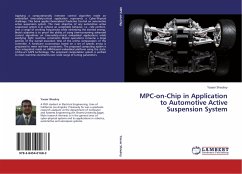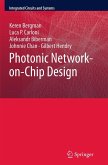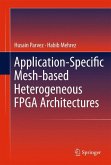Applying a computationally intensive control algorithm inside an embedded time-safety-critical application represents a Cyber-Physical challenge. This book applies Generalized Predictive Control on automotive active suspension system. The main objective of any automotive active suspension system is to achieve an acceptable behavior, i.e., ride comfort, over a range of working frequencies while minimizing the exerted energy. Book's objective is to proof the ability of using time-consuming advanced control algorithms on time-safety-critical embedded applications while satisfying tight real-time constraints.Matrix operations consume a large portion of the overall execution time of the online computation of the controller. A hardware co-processor based on a set of systolic arrays is proposed to meet real-time constraints. The proposed computing system is then integrated inside an ARM-based embedded platform using the state-of-the-art CAP9 technology. The proposed computation system is verified to meet real-time constraints over wide range of tuning parameters.








